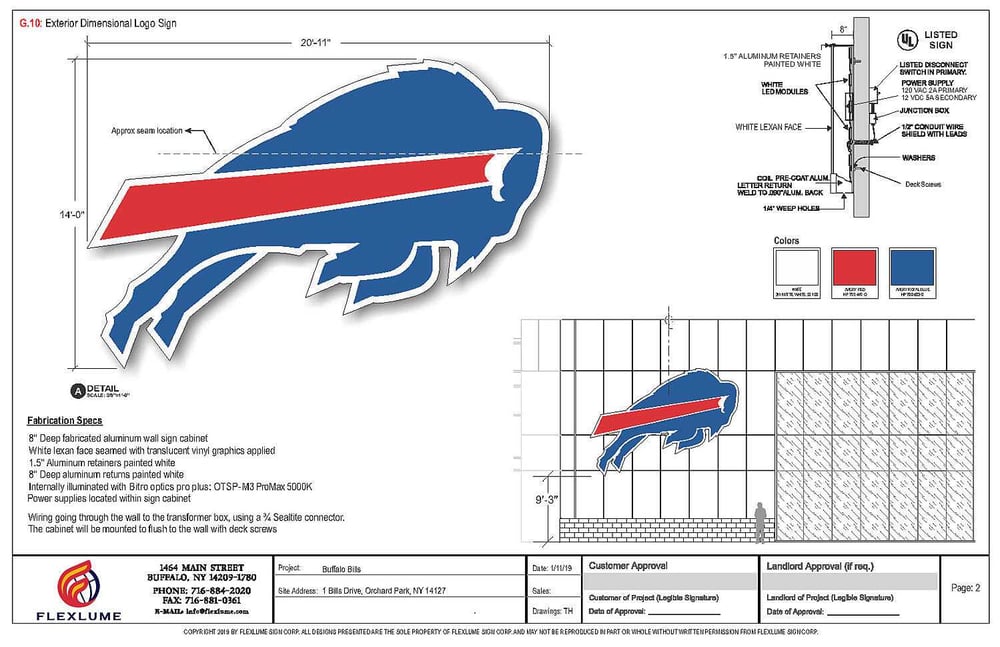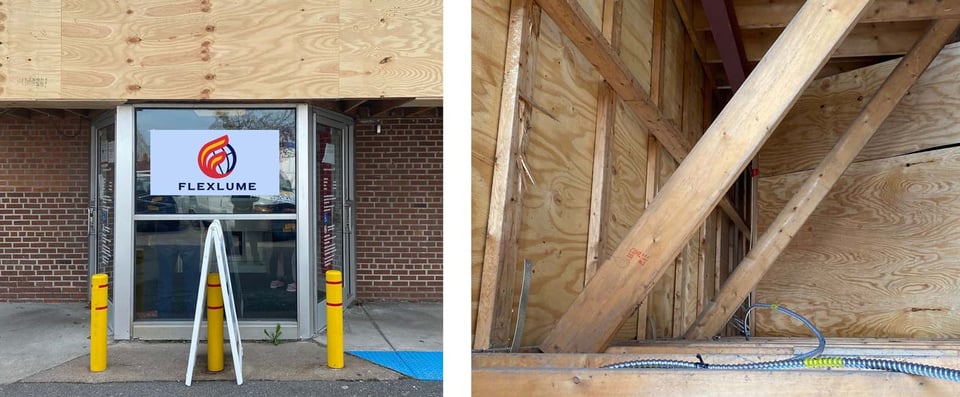Designing for Signage

Especially when it comes to a commercial building it can be said that the last 10% of the work shows off the first 90%. All the planning and all of the material, blood and sweat that goes into the construction and it still doesn’t resemble a business until the finishing touches are applied. The question is, how do you plan for those finishing touches when the building’s occupants are often unknown until the building is completed. For the purposes of this discussion we’re going to consider signage as one of those critical elements, as few businesses are “in business” until their sign is hung. But where to start?
Understanding the Stakeholders
From the moment a commercial building is considered there are multiple stakeholders, present and future, that will play a role in or be impacted by every decision made by its designers.
- Owners / Landlords - according to Nareit Research 10% of commercial buildings are owner occupied. That means 90% of commercial building owners have to consider every potential requirement of every potential tenant, balancing current versus future costs. For future tenants the total cost of occupancy a space in the future will determine how appealing the facility will remain.
- Occupants / Tenants – few businesses can exist without awareness of their brand if not their specific locations, much of which depends upon signage. Beyond simple awareness, their brand has to be noticeable and recognizable among other brands and building features.
- Builders / Contractors – most builders’ primary concern is servicing their clients, whether they be property owners or incoming tenants. How well a given building’s designers envision the needs of both will determine how efficiently and cost effectively they can serve both.
Collective Priorities
Perhaps the best place to start is to understand and set priorities that everyone can agree upon, at least with regard to signage:
- It has to maximize tenant visibility
- It has to be reliable
- It has to be accessible
- It has to be cost-effective
Factors to Consider
Considering all of the above, the following should provide a good framework to ensure that present and future stakeholder needs are taken into account.
- Size – it is generally advisable to consult the local zoning restrictions for signage, which vary dramatically across cities and towns. Tenants will want to ensure that they have the largest possible signage to maximize visibility, but again as permissible, and ideally without detracting from the aesthetic of the building.
- Physical Access – wherever signage will be placed there must be physical access. This includes not only the fascia visible to the public, but also the interior spaces behind it. Signage often requires supplemental mounting support and/or hardware which requires physical access for installation and maintenance.

- Structure – in many cases the face materials of a building façade will be sufficient to mount and support signage. To be doubly sure, at least ¾” plywood is recommended, if not brick or other masonry. Ideally, structural support materials, e.g. wooden or metal beams behind the façade should be accessible for reinforcements.
- Material Selection – the materials that can be incorporated into signage are almost as infinite as those that can be incorporated into a building. Often times the materials that might make the most sense aesthetically don’t make the most sense from a durability perspective, or from a cost perspective. This is where the creativity of an experienced sign-maker can be especially helpful.
- Wiring and Connections – most businesses will have at least some operating capacity outside of daylight hours, requiring electricity to power illuminated signage. These power connections must provide sufficient amperage AND be accessible and controllable for future updates and maintenance. Advanced in technology have also made it necessary in certain use cases to have internet access via direct ethernet or wireless connection.
Getting From Start to Finish
Signage is often one of the last things to be considered in the design of a building, yet can have the greatest impact in the success of a given tenant. Architects and designers are consulted to ensure that all of the physical, structural and aesthetic features of a building align with the need of the tenant. Consulting an experienced sign company early on will help to ensure that those “finishing touches” are just as compelling.


